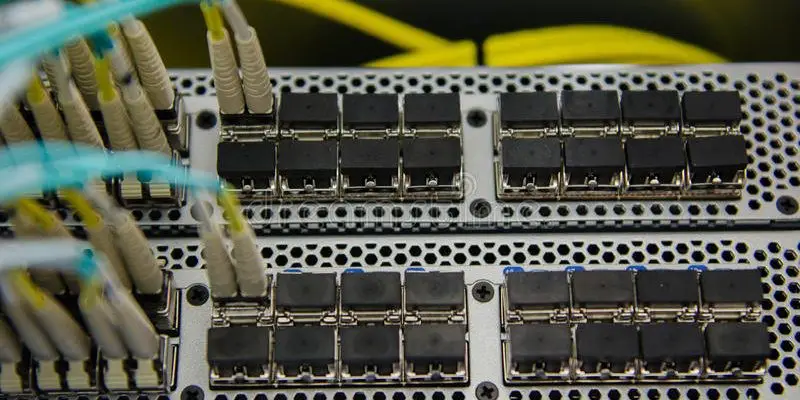SAN is a storage area network switch which is a device that make connections to servers and shared pools of storage devices and is used to move storage traffics. Basically, a SAN Switch manages traffic flow and stream between the servers and storage devices, checking data packets and sending them to their destinations which has been set before. SAN switches are often Fibre Channel switches; however, Ethernet-based SAN switches are also usual to use.
Types of SAN
SAN Switches divides into two major categories: Fibre Channel (FC) and Ethernet. Fibre Channel switches are the most popular that the community of network companies use them in most of the situation. They’re flexible and convenient with Fibre Channel technologies and they can be based on modules or fixed.
A modular switch is normally a director-class FC switch it is possible to expand and develop and gives a high port count. A fixed switch is one with a fixed which its configuration has been set before and it isn’t possible to change configuration file due to they are fixed. Director-class FC switches actually support features like encryption and zoning for load balancing and data access control.

basically FC switches demonstrate the most common type to use but Ethernet-based SAN has been expanded in popularity, especially with the increasing of 10 Gigabit Ethernet (GbE). In addition, 1 GbE switch ports can be aggregated to send higher throughput, providing more deployment that can be flexible.
Fibre Channel is popular for one factor which is delivering much better performance than Ethernet, exactly when the Ethernet SAN is being shared with non-storage traffic. In conclusion we can say, Fibre Channel is still considered a more reliable and secure storage fabric, and it give the chances of more advanced management abilities that is possible.
Finally, you may have a rough decision to make and understand or know the difference between LAN switch vs SAN switch. You can put some differences and select them by asking some questions about features. except from these, port speeds, interface connections, Power over Ethernet and etc.
How can we use a SAN Switch?
Both Ethernet and FC switches manage traffic flow and stream, but they can just support the special and unique technologies behind them. An Ethernet switch, for instance, shares in the same advantages and limitations as Ethernet itself does. The same action happens to FC switches.
Switches based on the same protocol can also have different types and sorts. They might have a different number of ports or support different maximum port speeds. They might also prepare different management and security features, with some features stuck to specific server architectures.
Both switches, of course with other data center switches, also offer very additional features and capabilities. many has redundant power supplies with at least one hot-swappable power supply. They might also give Quality of Service (QoS) features etc. In addition, SAN switches normally follow the industry standards such the Simple Network Time Protocol or Simple Network Management Protocol (SNMP).
0







